A high-ranking US representative and close confidant of Donald Trump is in favor of a possible division of Ukraine along the Dnipro River – similar to the division of Vienna and Berlin after World War II.
General Keith Kellogg, a central figure in Trump’s efforts to broker a ceasefire agreement, suggested that Western troops could form a “calm and security zone” in the west of the country, while the Russian army would remain in the occupied east. A demilitarized zone (DMZ) is to be set up in between, guarded by Ukrainian forces, the Times is currently reporting.
Troops in the west under British-French command
Kellogg (80) said that an Anglo-French-led contingent of troops west of the Dnipro, which crosses Ukraine from north to south and includes Kiev, would not appear provocative to Moscow. Ukraine is large enough to accommodate several armies that could monitor a ceasefire, the general said.
Kellogg made clear that American ground troops would not be part of the deployment. Instead, British and French soldiers could carry out training and support missions. The agreement would initially be limited to three years, but would be renewable.
De facto recognition of Russian control?
The idea implies tacit recognition of Russian control over currently occupied Ukrainian territories – a highly sensitive issue. While Kellogg emphasized that the idea is not about further ceding territory to Russia, the analysis makes it clear that the proposal is based on a de facto standstill of the fronts.
However, the proposal has met with diplomatic resistance: just a few weeks ago, Russian Foreign Minister Sergei Lavrov stated that NATO troops would not be accepted in Ukraine “under any circumstances”. In Kiev, too, the comparison with occupied post-war Berlin is likely to be perceived as inappropriate, especially since Russia had justified its invasion with the false claim of a “denazification” of Ukraine.
Kellogg outlined a demilitarized zone of 18 miles (30 km) along the existing front line in the east. Both sides should retreat 15 kilometers each to create a neutral zone that can be monitored.
In a further step that many are likely to see as an attempt to bring Russia back to the negotiating table, Kellogg also called for new elections in Ukraine. Moscow has repeatedly tried to challenge the legitimacy of President Volodymyr Zelenskyy. Trump himself has recently said he is “really angry” about Putin’s ongoing attacks on Zelenskyy.
Trump’s pressure on Putin is growing
On the same day that Kellogg presented his proposals, Trump’s special envoy for Russia, Steven Witkoff, traveled to St. Petersburg and met with President Vladimir Putin for the third time.
Kellogg’s proposal marks the clearest insight yet into Trump’s vision for a post-war model for Ukraine. While the idea of sectoral division and a demilitarized zone is not formally intended as a division, it is symbolically highly charged – not least a few weeks before the 80th anniversary of the victory in Europe.
Whether the plan will actually be implemented remains to be seen: Putin continues to take a hard line in the negotiations, and in Ukraine the idea of a zonal division will probably be viewed with skepticism. But from Trump’s point of view, the concept could be a way to bring about an orderly ceasefire – under conditions that he considers politically feasible.
Image:
Gage Skidmore from Surprise, AZ, United States of America, CC BY-SA 2.0 https://creativecommons.org/licenses/by-sa/2.0, via Wikimedia Commons
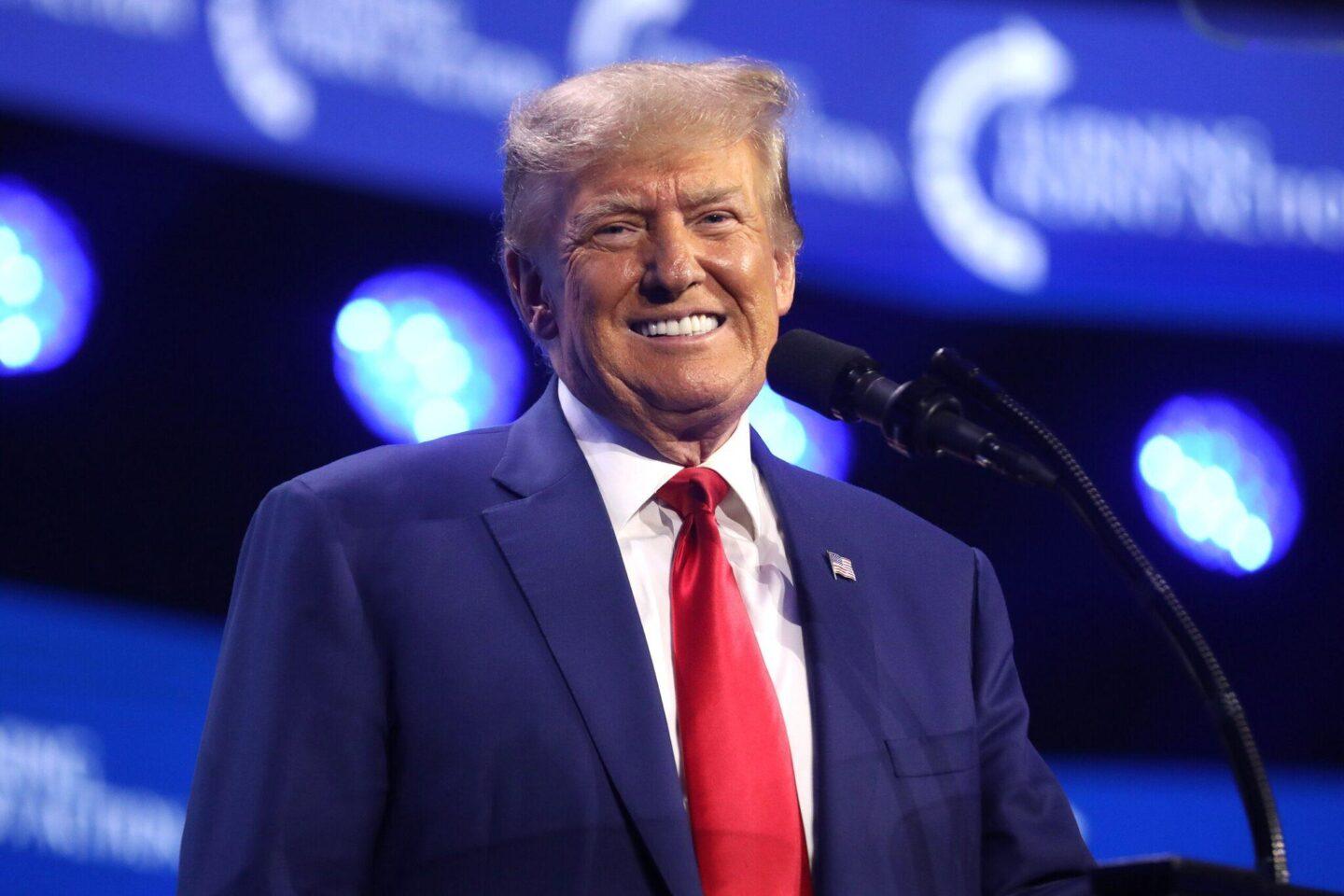
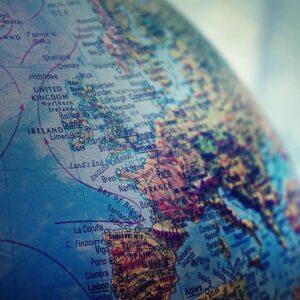
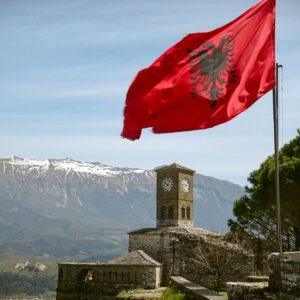




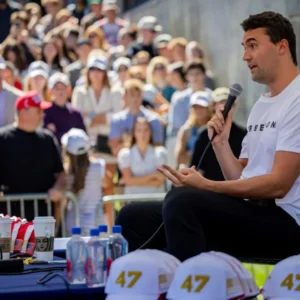
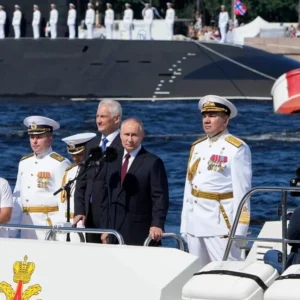
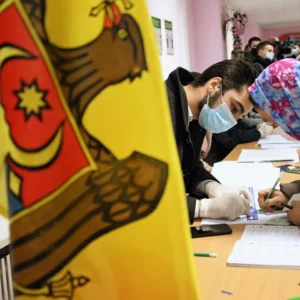
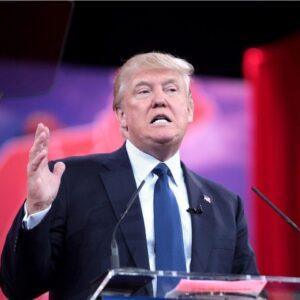

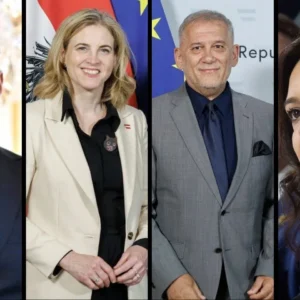
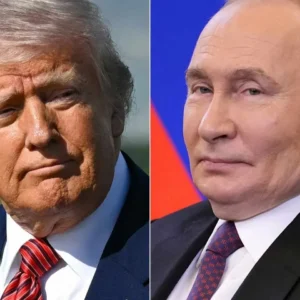
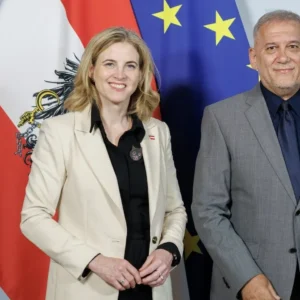
Recent Comments